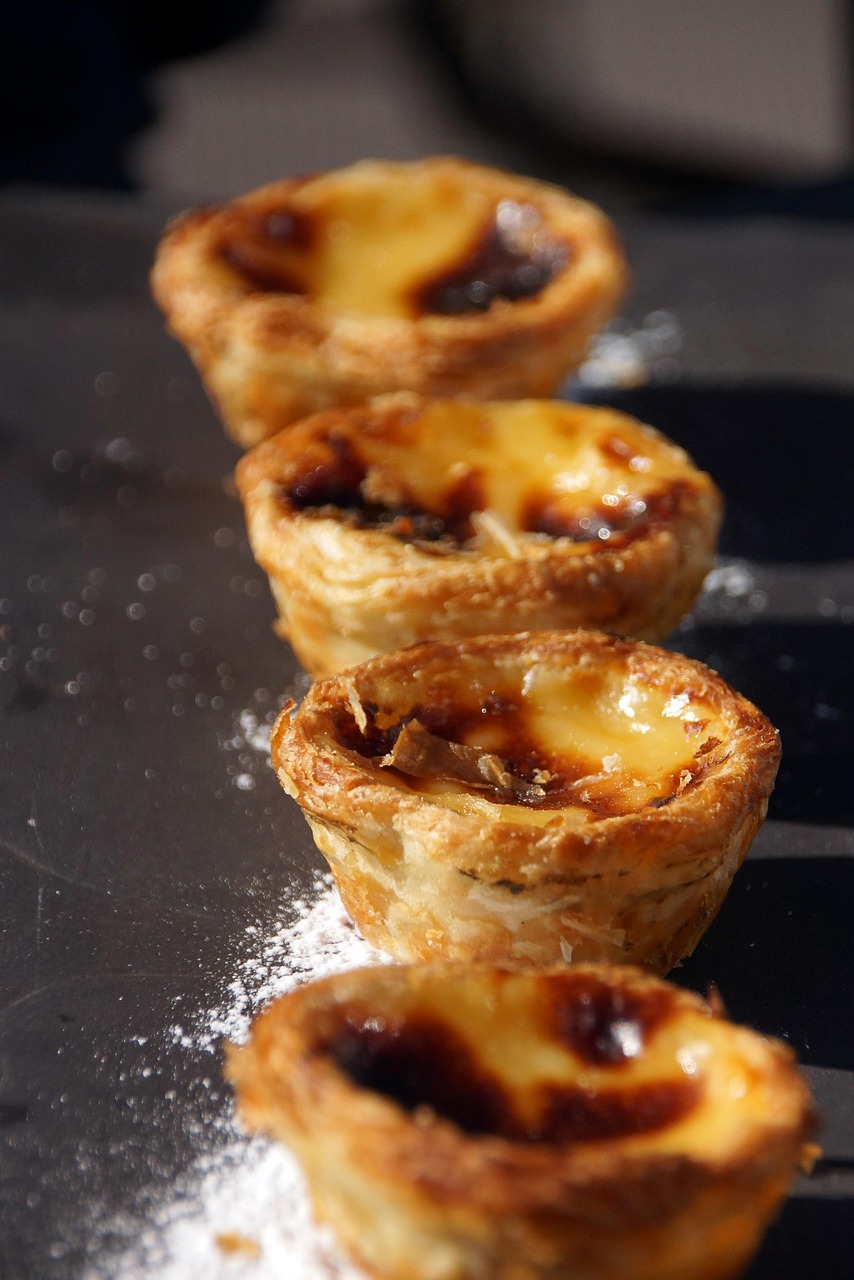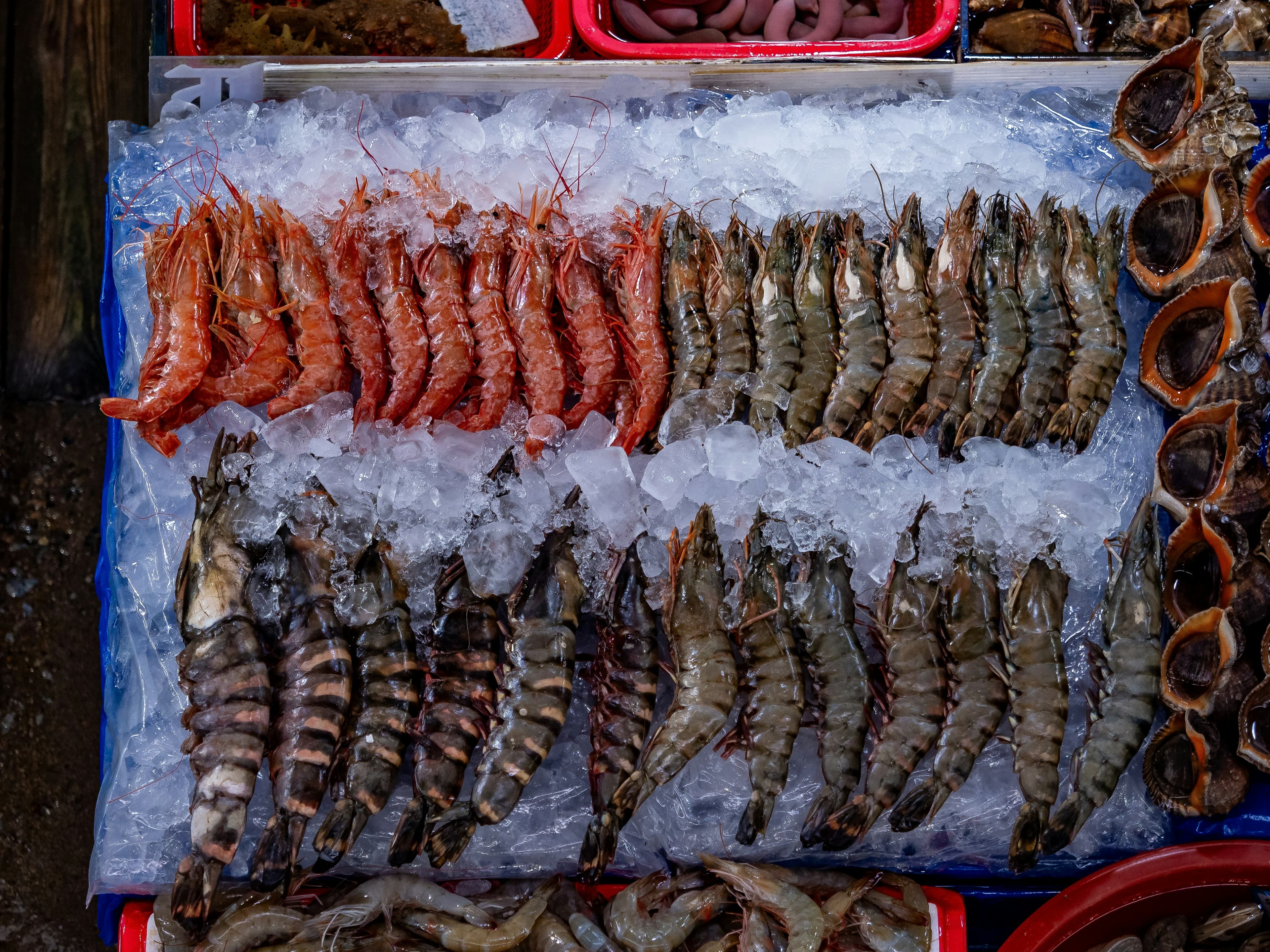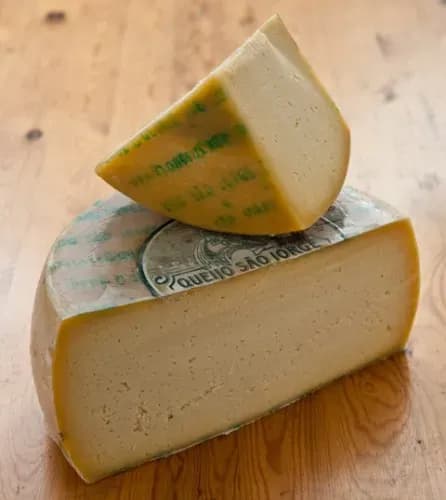
It’s hard to imagine a stay in Portugal without tasting a warm pastel de nata, with its crisp flaky crust and delicately caramelized custard. These small tarts, known as pastéis de Belém when they come from the famous Lisbon pastry shop, have become one of the country’s greatest gastronomic symbols. Their popularity has long surpassed Portugal’s borders: today, you can find them in Paris, London, New York, or Tokyo — but their true authenticity lies in the Lisbon tradition, passed down for more than two centuries.
This article takes you on a journey through the history, culture, and secrets of the pastel de nata. We’ll explore its monastic origins, its spread throughout Portugal and the world, the traditional recipe, and the best places to taste it.
Monastic origins
Like many Portuguese delicacies, the pastel de nata was born in a monastery. In the early 19th century, monks from the Jerónimos Monastery in Belém used large amounts of egg whites to starch their religious garments. Left with an excess of yolks, they began using them in desserts.
They developed a small tart made of flaky pastry filled with a cream of egg yolks, sugar, and milk, baked at high temperature to achieve the perfect balance between crispness and creaminess. The recipe remained secret until 1834, when the monastic orders were dissolved.
At that time, the monks entrusted the recipe to local merchants, who in 1837 opened the now-legendary Pastéis de Belém pastry shop, still in operation today. Since then, only this establishment holds the original recipe, kept under strict secrecy.
Pastéis de Belém vs. Pastéis de Nata
It’s important to distinguish between the two names:
- Pastéis de Belém: produced exclusively at the Belém pastry shop, following the original secret recipe passed down by the monks. Every day, thousands of visitors line up to taste them.
- Pastéis de Nata: the generic name used throughout Portugal and abroad, following similar but not identical recipes.
The difference lies in the details: the pastry, the ratio of yolks, the baking time, and the balance between crust and filling. For Lisboetas, however, nothing compares to the experience of eating a warm pastel in Belém, sprinkled with cinnamon and served with an espresso.
The traditional recipe
While the exact recipe of the pastéis de Belém remains a secret, the pastéis de nata follow a similar foundation.
Ingredients
- Thin puff pastry, cut into small rounds.
- Custard filling made of egg yolks, sugar, milk (or cream), sometimes with a sugar syrup.
- Traditional flavorings: cinnamon and lemon zest.
Preparation
The dough is pressed into small metal molds, forming a thin, even shell.
The slightly liquid custard is poured inside.
The tarts are then baked in a very hot oven (250–300 °C), caramelizing the top while keeping the inside creamy.
Tip
The high baking temperature is one of the key secrets. Since home ovens rarely reach 300 °C, it’s difficult to replicate the exact texture of Belém’s version — though some artisanal bakeries come impressively close.
A popular culinary heritage
The pastel de nata is much more than a dessert — it’s part of everyday Portuguese life. Across the country, it’s eaten:
- At breakfast, with coffee.
- As a mid-morning snack.
- As dessert after a meal.
- During breaks with colleagues or friends.
Lisbon and Porto bakeries produce thousands every day. Their affordable price (usually between €1 and €1.50) makes them a democratic treat, shared across generations.
Pastéis around the world
Over time, pastéis de nata traveled with the Portuguese. In former colonies such as Brazil, Angola, Mozambique, and Macau, the recipe took root and evolved.
- In Macau, a former Portuguese colony until 1999, the pastel de nata merged with local influences to create the “Portuguese egg tart,” now famous across China.
- In Brazil, bakeries inspired by Lisbon and Porto opened in cities like Rio de Janeiro and São Paulo.
- In Europe and North America, pastéis de nata have become staples in modern cafés, symbolizing Portuguese authenticity.
Today, it’s rare to find a major city in the world without a bakery serving them.

Tasting secrets
To fully appreciate a pastel de nata, there are a few golden rules:
- Eat it warm, just out of the oven.
- Lightly sprinkle with cinnamon or powdered sugar, to taste.
- Pair it with an espresso.
The experience is sensory: the crunch of the pastry, the creaminess of the filling, the warmth that enhances the aroma, and the contrast with the coffee’s bitterness.
Where to eat the best pastéis de nata in Portugal
- Pastéis de Belém (Lisbon): the legendary address, an absolute must.
- Manteigaria (Lisbon and Porto): known for its crisp pastry and perfect baking.
- Fábrica da Nata (Lisbon): a newer but highly popular chain.
- Local bakeries: every neighborhood has a small pastry shop with homemade versions, sometimes surprisingly good.
Pastéis de Nata today: between tradition and innovation
The traditional recipe remains the foundation, but contemporary chefs love to innovate:
- Mini versions for events or tastings.
- Fillings flavored with vanilla, chocolate, or raspberry.
- Reinvented crusts using whole-grain or alternative flours.
These variations coexist with the classics, proving that the pastel de nata is both heritage and playground for creativity.
A Portuguese symbol
The pastel de nata reflects the Portuguese soul: simplicity, generosity, and sharing. Like fado or azulejos, it stands among the symbols that represent Portugal around the world.
It also evokes Portugal’s monastic legacy and the nation’s ability to transform necessity (leftover egg yolks) into universal artistry.
Conclusion
The pastel de nata is more than a dessert — it’s a living story. From Belém to cafés around the globe, it has conquered generations with its simplicity and refinement. Biting into a warm pastel is tasting two centuries of history and understanding a piece of Portugal’s soul.
Share this article
Suggested articles

Convent Sweets: Delicacies Born in the Monasteries
Portugal wouldn’t be the same without its convent sweets. These golden pastries, rich in egg yolks and scented with cinnamon, tell the story of a country where faith met indulgence. Born in the silence of monasteries between the 15th and 18th centuries, they were once made by monks and nuns, often to support the convent or thank benefactors. Today, they are an essential part of Portuguese culinary heritage.

Seafood in the Algarve, an Oceanic Feast
The Algarve, this southern region of Portugal bathed by the Atlantic, is not only famous for its golden beaches and cliffs sculpted by the sea… It is also a true paradise for seafood lovers ! Prawns, octopus, clams, crabs, fresh sardines, and of course the famous cataplana, every bite tells a story of the sea, local traditions, and culinary expertise.

Pão de Ló
In every Portuguese family, there’s a cake that comes out of the oven like a little sun: the pão de ló. Golden, airy, soft, it always announces something joyful. It’s the cake of dressed-up Sundays, overfilled tables, and aunts who hug you too tightly while saying how much you’ve grown.
.jpg&w=3840&q=75)
Pastéis de Bacalhau
There are dishes that smell like holidays and grandma’s kitchen. Pastéis de bacalhau are exactly that. These little golden cod croquettes, crispy on the outside and soft on the inside, are at once an appetiser, a madeleine of Proust, and proof that Portugal has completely mastered the art of frying.

The Best Francesinhas in Porto : The Complete Guide to Savouring the Portuguese Specialt
Porto, the second largest city in Portugal, is not only famous for its namesake wine and the picturesque landscapes along the Douro… the city is also a true culinary paradise, where tradition meets innovation!

The must-try Portuguese cheeses : Serra, Azeitão, São Jorge…
Let’s be honest : when people think of Portugal, they think first of wine, bacalhau, pastéis de nata… but rarely of cheese… And yet ! This small country hides a cheese-making heritage of incredible richness. From the mountains of Serra da Estrela to the islands of the Azores, each region has its own creamy, intense or matured gem, best enjoyed with a glass of local wine (of course). By the way, did you know that Portugal won the World Cheese Awards 2024 ? So today, let’s put down the board, grab a knife, and set off on a gourmet (and cheesy) journey through Portugal… the most melting adventure of all !


